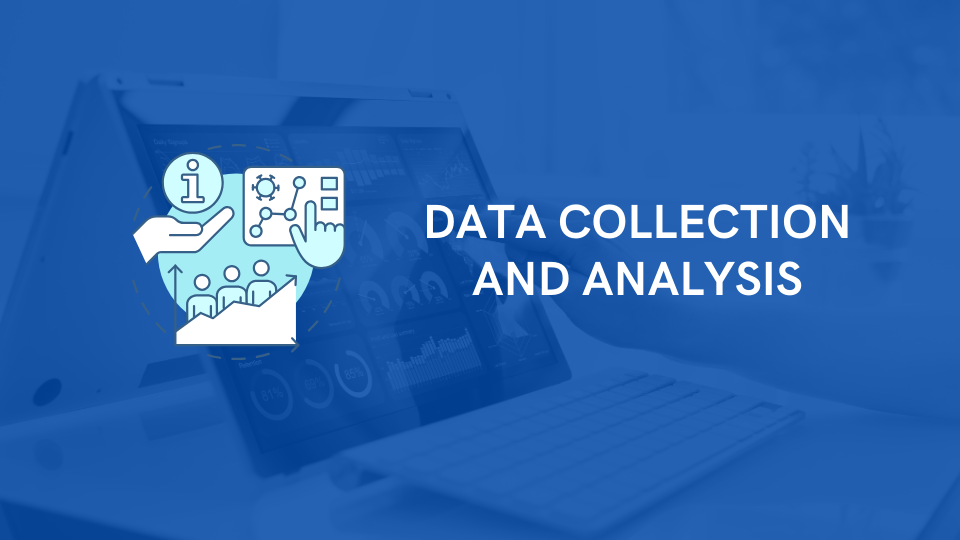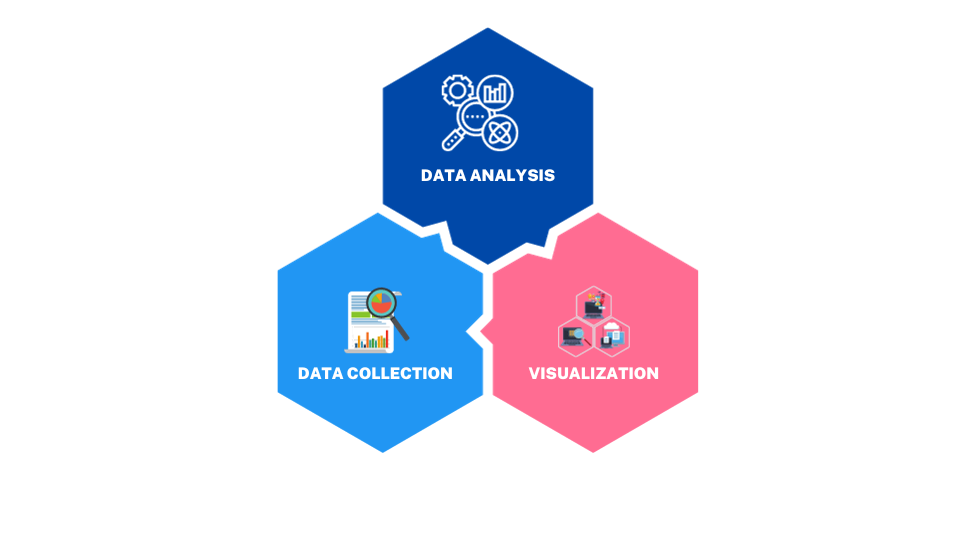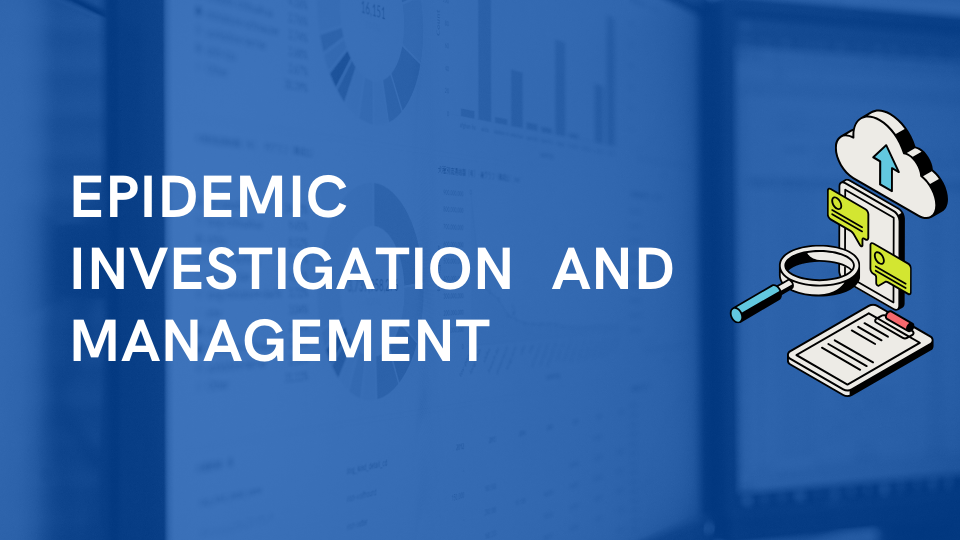Hypothesis Research & Literature Review

JBRSOFT Research team creates an excellent review that can be an invaluable tool for practitioners, providing a concise summary and analysis of the relevant information in a given area. JBRSOFT conducts hypothesis research & literature reviews in a variety of ways, depending on the nature of the research question and the resources available.

We define the research question, issue, or opportunity to find the solution or investigation involves attempting to comprehend a specific phenomenon or trend.
Develop a hypothesisWe develop a specific, testable, and grounded existing knowledge hypothesis based on the research question and the insights gleaned from the literature review.
Collect and analyze dataAfter designing the research study, we collect data from respondents or customers, analyze the collected data, or run experiments to test the hypothesis.
Conduct a literature reviewWe conduct a comprehensive literature review after identifying the research question to understand what is already known about the topic.
Design a research studyWe design a research study to test the hypothesis by conducting surveys, running experiments, or analyzing data to determine the relationship between variables.
Interpret the results & draw conclusionsOnce the data has been analyzed, we interpret the results and draw conclusions based on the trends or patterns in the data, as well as any potential limitations or confounding factors.






